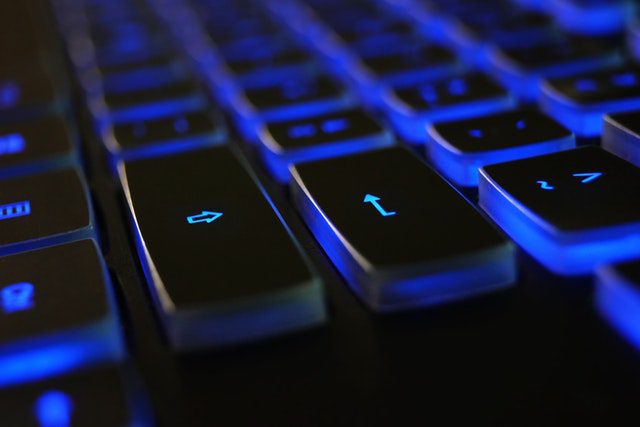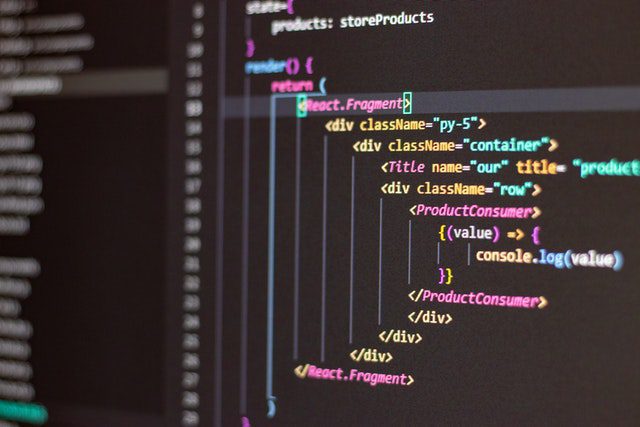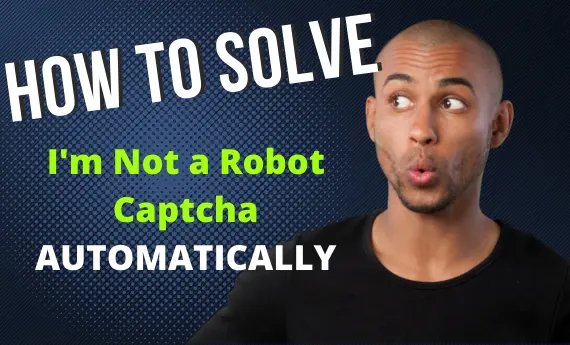The Rise of Artificial Intelligence
AI (Artificial Intelligence ) refers to the simulation of human intelligence in machines that are programmed to think like humans and mimic their actions. The term may also be applied to any machine that exhibits traits associated with a human mind such as learning and problem-solving.
What are the 4 types of AI?
1. Supervised AI
A supervised AI learns from a human teacher, who provides the necessary input to the machine. The computer is then able to mimic the teacher’s actions and use them for its own purposes.
2. Unsupervised AI
An unsupervised AI can learn without a human tutor, by observing patterns in its environment or by self-organization. This type of artificial intelligence can be used for image recognition and data mining, as well as in robotics and autonomous vehicles.
3. Reinforcement Learning (RL)
Reinforcement learning is an algorithm that allows an agent to optimize its own behavior based on feedback from its environment. This type of learning is essential for robots that must make decisions about their next steps without having previous information about their surroundings or the best course of action.
4. Deep Learning
Deep learning is a subfield of machine learning that involves using neural networks with multiple layers of connections between neurons to create complex algorithms that are often difficult.
What are examples of artificial intelligence?
There are many artificial intelligence algorithms. Some of these are:
1. Voice Recognition Software
This type of AI has been used in voice recognition software for years. It is based on pattern recognition and statistical analysis of the speech patterns, which is then used to make a decision about what the speaker said.
The software reads the words, phrases, and sentences and then looks for a match between them and a database of known words, phrases, or sentences. A match is found if there are enough similarities between the new words and what was previously known.
This allows the software to understand speech in real time by using algorithms that can recognize patterns in voice signals. The more patterns that can be recognized accurately, the better voice recognition becomes (and vice versa).
2. Face Recognition Software
This type of AI is similar to voice recognition software except that it uses facial features instead of vocal characteristics to identify people or objects. By analyzing images captured from multiple angles at different times, the software can compare facial features to identify people or objects.
Facial recognition software works by comparing facial features, such as the distance between eyes and mouth, to a database of known facial features. The more similar the new facial features are to what is in the database, the more likely it is that they are a match.
3. Text Recognition Software
This type of AI uses a machine learning algorithm that analyzes text, specifically looking for patterns within the text. This allows text recognition software to read text, understand it, and then make decisions based on what was read.
When writing algorithms for this type of AI, it is important to consider how much data needs to be analyzed and how often this data needs to be updated or processed. If not enough data is available from which to make decisions (or if too much information needs updating), then this type of AI may not work as well as desired.
4. Mathematical Algorithms
This type of AI uses mathematical algorithms to make decisions based on data. These algorithms are not always perfect and will require input that is highly accurate in order to work effectively.
There are also issues with this type of AI when it comes to privacy, since if it makes an incorrect decision, a data breach could occur. For example, if a fraudster were to get their hands on the data that was used by the algorithm, they could potentially use this information to commit fraud or identity theft.
5. Deep Learning Algorithms
Deep learning algorithms use artificial neural networks (ANNs) which are trained using large amounts of data from previous observations and experience with similar systems.
This type of AI is good at tasks that require a lot of information and experience in order for it to work correctly (this includes things such as facial recognition). The downside is that deep learning algorithms require large amounts of data in order for them to work properly and effectively. This type of AI is not always perfect and will require input that is highly accurate in order to work effectively.
The above are only a few examples of artificial intelligence, but there are many other types of artificial intelligence algorithms. Artificial intelligence can be used in many different ways and areas.
Who is the father of artificial intelligence?
The father of artificial intelligence is John McCarthy, who created the term “Artificial Intelligence” in 1955. He was a professor at Stanford University and coined the term “Artificial Intelligence” while trying to define a computer program that would play chess.
He called it “the study and design of intelligent machines.” He was also the one who created the first computer program to play tic-tac-toe and checkers, which was called “Morris”. This is one of the first AI programs ever made. Since then many AI programs have been created including Deep Blue and Watson.
John McCarthy died on April 11th, 2008, at age 95 after living in Palo Alto for most of his life. He is widely regarded as one of the fathers of artificial intelligence because he initially defined what artificial intelligence is.
How AI used in daily life?
AI is used in many different areas including:
• Virtual assistants like Siri, Cortana, Alexa and Google Assistant are used to help you with your daily tasks.
• Self-driving cars are being tested by many companies around the world.
• The use of smart speakers like Amazon Echo and Google Home is growing day by day.
• The use of artificial intelligence in marketing has grown rapidly over the past couple of years.
What can AI do in the future?
AI is growing rapidly and its speed is increasing every day. The use of AI in the future will be more and more.
• AI will create new jobs for humans because it can do things very fast, like translate, solve problems and make decisions.
• AI will help us to solve many problems in the future.
• Robots will be able to drive cars and do other tasks that humans can do.
• AI will help us to work at home and not only in offices.
How is artificial intelligence changing the world?
The use of AI is changing the world in many ways. It is helping us to do things faster, easier and more efficiently. It is also helping us to solve many problems.
• AI can help us to do many tasks that we do not need to do.
• AI can help us to work in our homes and not only in offices.
• AI can help us to save time, money and resources.
• AI can help us to make decisions and solve problems.
• AI can help us to do things that are hard for humans.
Conclusion
AI (Artificial Intelligence ) is changing the world in many ways. It is helping us to do things faster, easier and more efficiently. It is also helping us to solve many problems.









